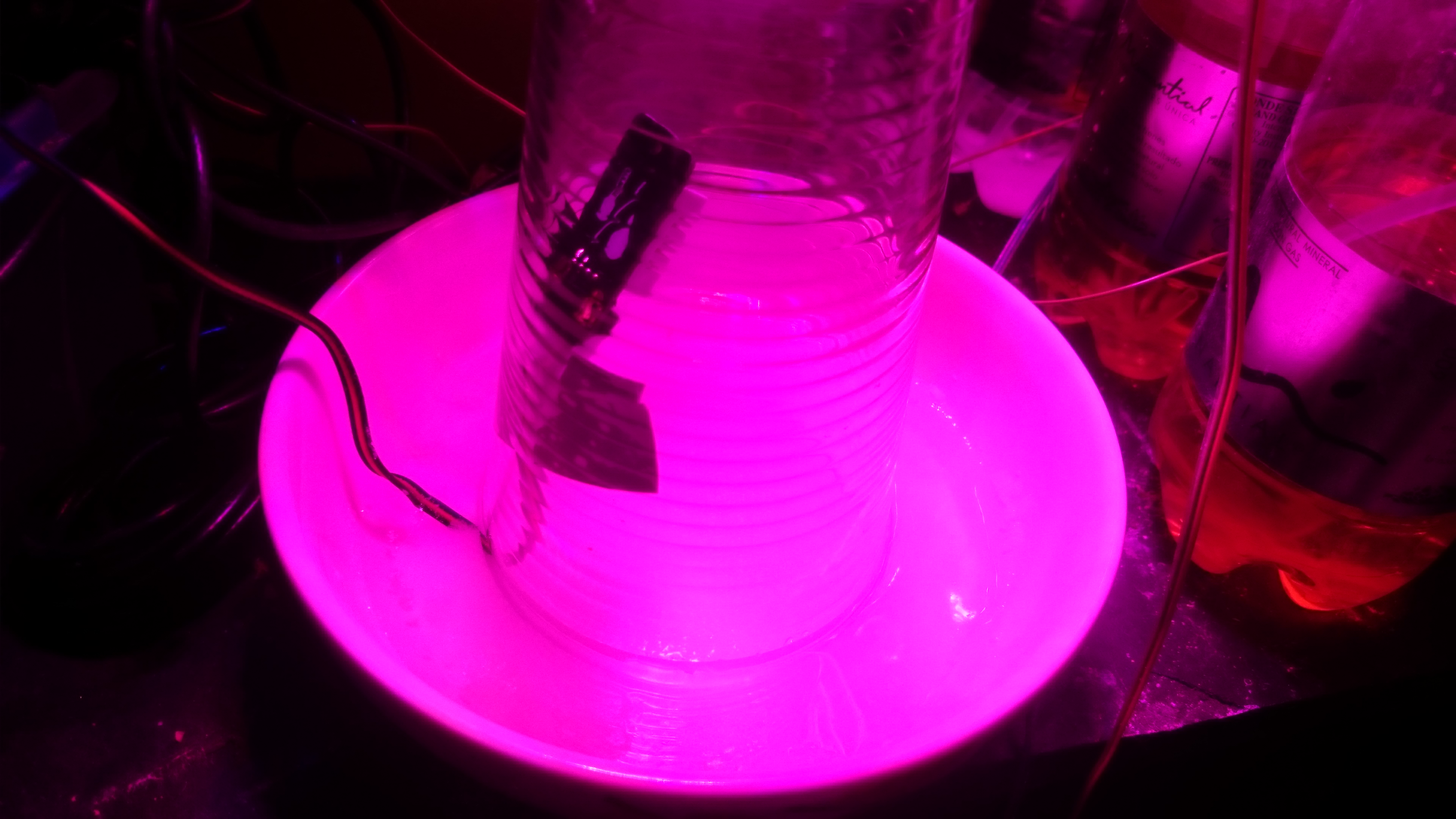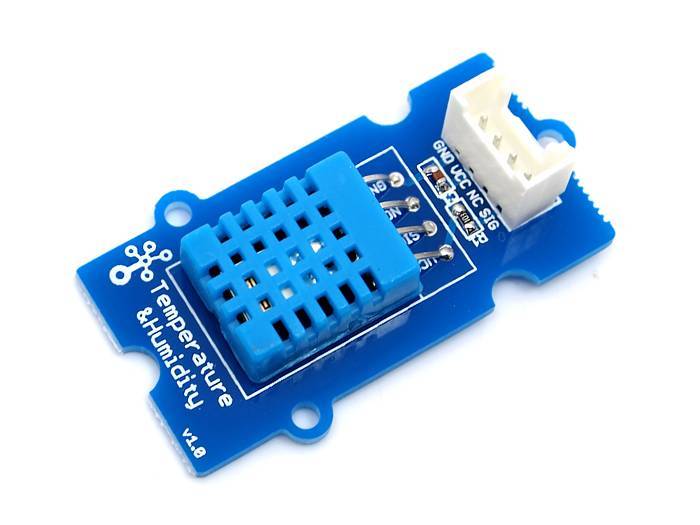On a recent post I talked about vapor pressure deficit and its importance in hydroponic culture. To adequately control VPD it’s necessary to accurately measure relative humidity and in order to do so it’s necessary to have adequately calibrated humidity sensors. Since most of today’s humidity sensors are digital this becomes even more important as these sensors can get damaged very easily, especially if the dew point is reached at any given point in time. Today I am going to talk about humidity sensor calibration, how it can be easily carried out and why you should do it in order to ensure that your humidity sensors are being accurate enough for your cultivation needs.
–
–
Most modern digital humidity sensors are based on conductive polymers whose resistance changes with the amount of water in the air. If the polymer is in equilibrium with water vapor in the air then this change will be proportional to relative humidity. Sensors like those from the SHTX and DHTX series work using this principle. However if the polymer gets wet – water falls on the sensor or the dew point is reached – or if it faces very low humidity conditions for a long time then the humidity sensor will stop working correctly and it will need to be reconditioned and calibrated.
Reconditioning of these sensors is usually carried out by exposing the sensor to higher temperature dry conditions and then exposing the sensor to a controlled higher humidity lower temperature environment. These are some typical instructions for humidity sensor reconditioning. Once this process is carried out the sensor is now ready to be calibrated. Depending on the sensor you’re using you might be able to change some calibration parameters to adjust the sensor to changes in its response or you might just use the calibration procedure to check the sensor’s accuracy and discard it if it isn’t behaving properly.
Calibration of digital humidity sensors can be carried out by putting them in the atmosphere composition generated over a saturated solution of a given salt. This table shows the expected relative humidity values at different temperatures for different salts. Basically you want to use a glass container where you can prepare a solution that has so much salt that there are undissolved crystals within it and then place your sensor in a closed environment above this solution (without touching it!). You can achieve this by drilling a hole at the top of a container with a lid to place the sensor (like it’s showed here), alternatively you can stick the sensor with electrical tape inside a glass and then place it upside down in a small amount of solution. This last process – first image in this post – completely eliminates any issues caused by potential holes and the atmosphere reaches equilibrium a bit faster. Another potential option is to create a paste with water and salt and place this past with the sensor inside a zip lock bag.
–
–
For starters you can perform a single measurement with a saturated sodium chloride solution – which should give you a humidity of around 75%. This is a good way to check if the sensor is working properly without the need to buy any additional materials. If you want you can then get some additional salts, like potassium chloride, magnesium nitrate and potassium nitrate, which should give you several different calibration points to draw an appropriate calibration curve to gauge how your sensor is working across the entire humidity range. Ideally you would want to have two salts with equilibrium points above 50% and two below 50% relative humidity.







